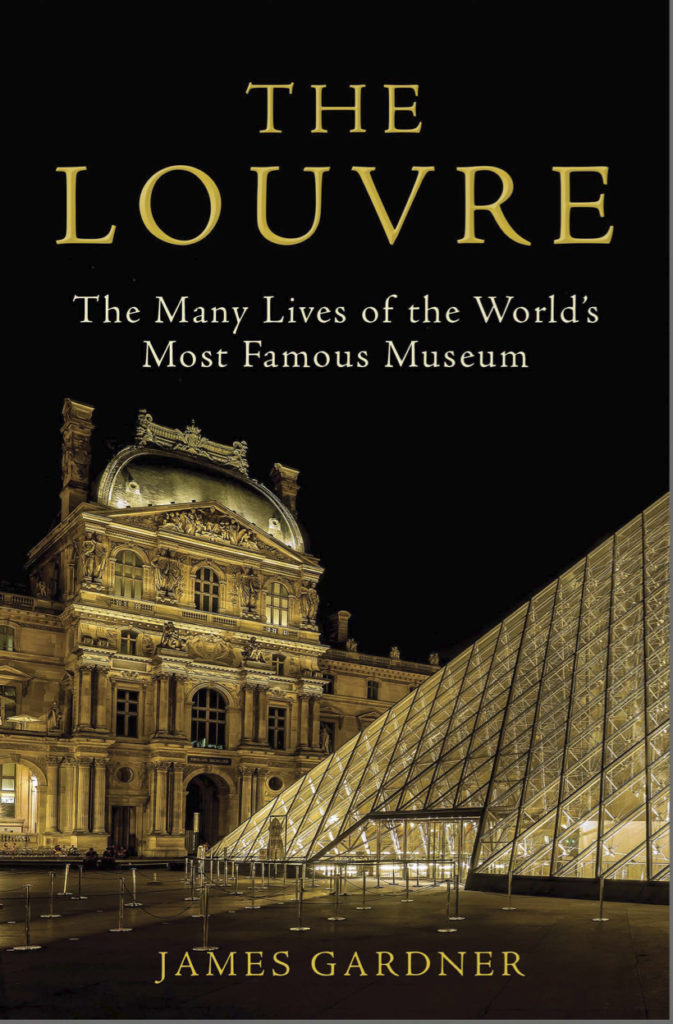The evolution of the Louvre reflects the political, intellectual, and aesthetic history of France. "Before the Louvre was a museum," writes art and literary critic Gardner (Buenos Aires: The Biography of a City, 2015, etc.), "it was a palace, and before that a fortress, and before that a plot of earth, much like any other." Drawing on scholarly sources that include the recently published three-volume Histoire du Louvre, the author offers a vivid chronicle of strife, wars, rivalries, and aspirations culminating in the present grand architectural complex, comprising nearly 400,000 objects, "a vast, indiscriminate cocktail of princely collections purchased or purloined over the course of centuries." Gardner focuses on several of France's rulers whose embrace of the arts shaped the future of the museum—e.g., Francois I, who brought the Italian Renaissance across the Alps, as a patron and collector of works by Raphael, Michelangelo, Titian, and Leonardo, whom he lured from Italy. When Leonardo arrived in 1516, he had in his trunks three paintings, including the Mona Lisa, which has become the Louvre's most coveted attraction. In addition to collecting art, Francois took up the challenge of modernizing the royal residence, beginning "the 350-year process that would result in the Louvre as we know it today." The 17th-century monarch Louis XIII, though not particularly interested in art or architecture, assigned the renowned architect Jacques Lemercier to enact significant changes. As far as the art collection itself, Louis XIV, with "an unappeasable appetite for masterpieces," filled the Louvre with priceless treasures as well as quadrupling its size. But when Louis decided to move the court to Versailles in 1682, the Louvre fell into disrepair. After the American Revolution, repayment of the Colonies' debt to France funded considerable repair and reconstruction. A small portion of the palace opened as a public museum—the Musée Central des Arts—only in 1793, in the midst of the Reign of Terror. Gardner cites Napoleon III, who ruled France from 1848 to 1870, as decisive in transforming the Louvre into its modern iteration. A richly detailed journey through a palimpsest of the past.
The Louvre: The Many Lives of the World’s Most Famous Museum by James Gardner will be published on May 5, 2020 by Atlantic Monthly Press in North America and Atlantic Books in the UK.
James Gardner is an American art critic and literary critic based in New York and Buenos Aires. He is the author of six books, including Buenos Aires: The Biography of a City. His writings have appeared in the New York Times, the Wall Street Journal, the New Republic, and the British Spectator. He was the art critic at the New York Post and wrote architecture criticism for the New York Observer, before serving as the architecture critic at the New York Sun. He is now a contributing editor at The Magazine Antiques.

